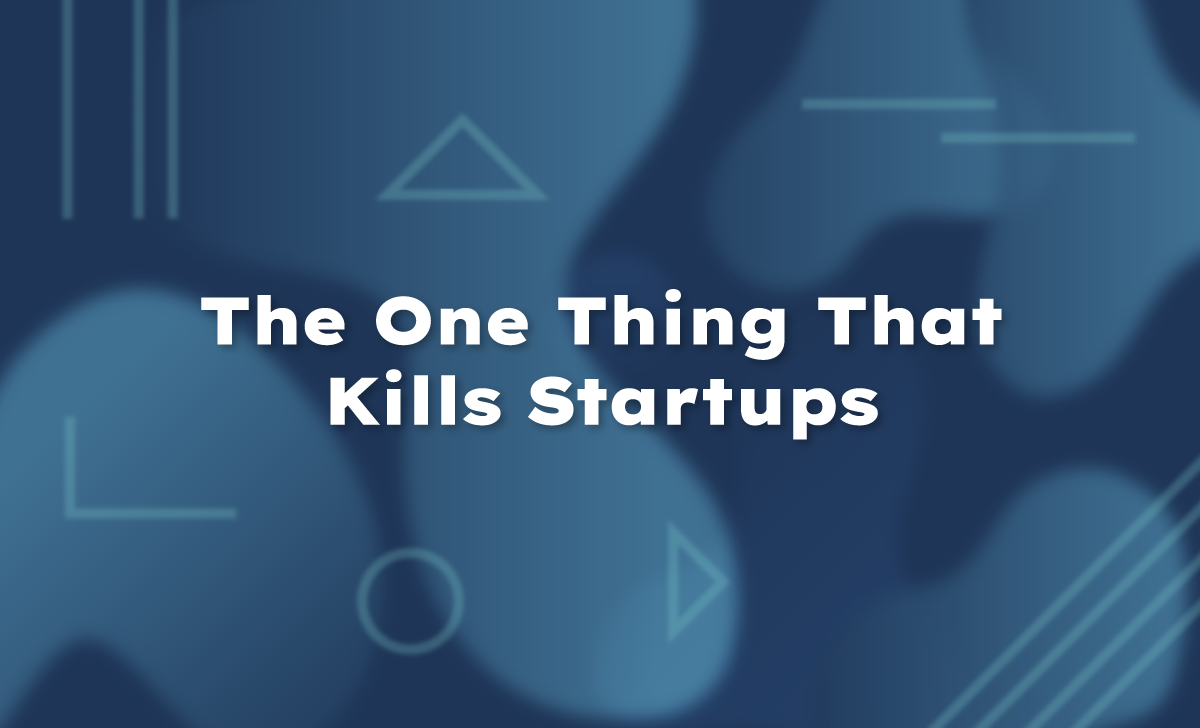The One Thing That Kills Startups
The only thing that kills startups is hiring too fast. Calculating ROI on a new hire is very challenging. To start, you need to model out the initial cost impact on runway.

The only thing that kills startups is hiring too fast.
Trying out a new experiment at @gumroad: bringing on a quarter-time head of product. Welcome @dvassallo!
— Sahil (@shl) September 1, 2020
I firmly believe the only thing that kills a startup is hiring too many employees too quickly.
It is not product market fit, it is not whether you raised funding, it is not whether you missed out on a big customer or faced an uphill legal battle. Fundamentally, the only reason a startup entity will die is due to labor costs.
You can always pivot product, you can recapitalize after a lawsuit, you can find different customers. But, if you are on the hook for 7-figures in employee salaries and benefits you are out of options.
This is not at all to say to not hire. In fact, I strongly urge you do so or else your business will go nowhere.
When it comes to hiring, be patient and be thoughtful.
Before you hire, you must be able to precisely describe the job to be done and identify how this role increases top line revenue OR reduces operating costs.
A lot of companies hire because their VCs tell them they need to grow. But growth by hiring is not only a vanity metric, but a quick road to startup death.
You are thinking this is a roundabout way of saying "watch your burn rate".
And you are right, it is.
When should I hire?
Employees are the most expensive part of a business. When they work out they should be force multipliers by at least 1.5-10x their costs.
Calculating ROI on a new hire is very challenging. To start, you need to model out the initial cost impact on runway.
A fast and cheap way to model burn rate is using something like: https://startuprunway.io/.
While a full years salary may cost $100,000+, in practice you do not pay employees $100k upfront. You should model out the monthly costs of adding him/her to the business. (Depending on the cadence of your cash flow, it may make sense to instead model out the 30/60/90 day costs). In doing so, you can determine how many months of runway are impacted by the hiring decision.
Make sure your runway model properly represents revenue expansion over the coming months (e.g. new customers coming starting in coming months).
You should estimate best and worst case scenarios of hiring outcomes:
- New employee helps expand business (through sales, new product release, operating efficiency etc.)
- New employee adds a net negative or zero value.
At their 3 or 6 month anniversary, you need to decide whether or not to keep your new employee. Set a calendar event for the exact date this decision is to be made. Decide ahead of time what criteria is being used to make this decision. Letting an employee go is the hardest part of operating a company. Be prepared to handle this the day you make your first hire.
A common way of valuing the employee in your forecasts is using an Employee Lifetime Value (ELTV) model. This model keeps in mind the ramp up period from initial start to full contribution of the new employee, while being realistic about the sunset on added value that comes when an employee leaves the job.
It's not just about the money
Effective talent onboarding requires extreme clarity of goals on day 1. Just because your team is financially able to take on the cost of a new employee, does not mean your operating and management processes are ready.
Each new employee adds a square number of total lines of communication within the company. Clear lines of communication must be upheld, goals should be explicit, and work tasks should be well defined.
Think before you leap
Hiring too fast, without proper onboarding and management systems in place to support the new hire, will destroy your company.
But keep in mind, a healthy, well managed hiring practice can 3X your revenue growth and 2X your profit margins.
Having personally experienced an unnecessary expansion followed by swift downsizing, I cannot stress enough to startup operators how careful to be when deciding they need to hire. Poorly executed hiring strategies have a real human impact on the people you work with and a lasting cultural impact on the company.